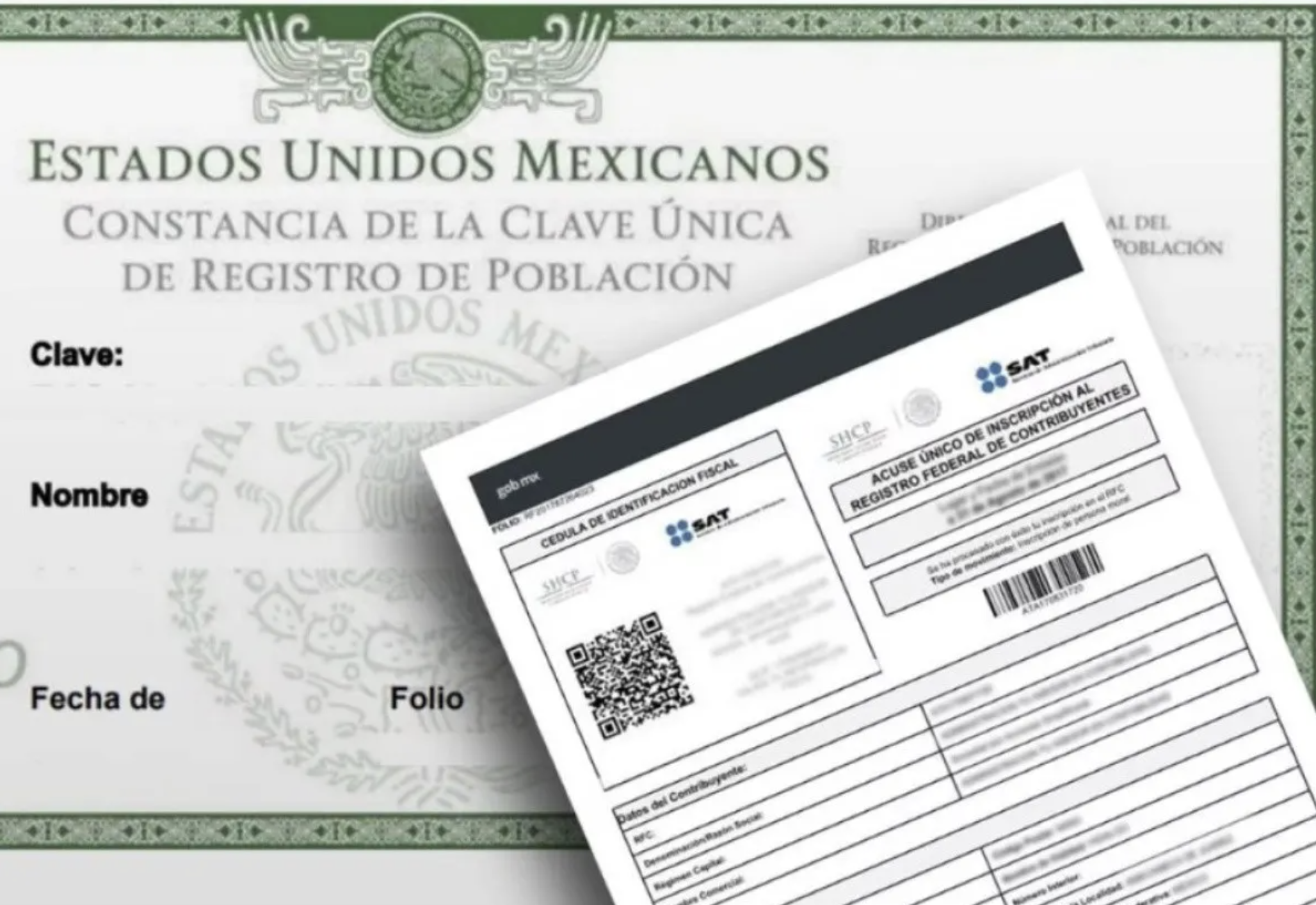What is RFC?
The RFC (Registro Federal de Contribuyentes) is Mexico’s tax identification number, assigned by the Servicio de Administración Tributaria (SAT, government’s tax collection agency) to individuals and legal entities. This unique identifier is crucial for taxpayers, facilitating various financial and administrative processes. Having an RFC is essential for conducting business activities in Mexico and is often required for legal and official transactions. One of the significant advantages of having an RFC is the potential for lower tax rates and eligibility for various tax deductions.
RFC is necessary for obtaining an electronic signature (e.firma), which is particularly useful for online tax filings and other electronic processes.
Structure of the RFC
The structure of the RFC varies slightly for individuals and legal entities. For individuals, the RFC consists of the first four digits representing the initials of the person’s name, followed by six digits indicating the date of birth (YYMMDD), and ending with three unique digits known as the “homoclave.” The homoclave is a unique code that distinguishes your RFC from others with similar initials and birth dates.
For legal entities, the first three digits are the initials of the company’s name, followed by six digits representing the company’s registration date (YYMMDD), and ending with the homoclave.
A generic RFC is used for issuing invoices to the general public or when the customer’s RFC is unknown (XAXX010101000 or XEXX01010100 for foreign residents). More details about its use can be consulted here: Generic RFC.
Who can apply for RFC?
Mexican citizens and foreign residents with temporary or permanent residency permits are eligible to apply for an RFC. Visitors and tourists, however, are not eligible to apply. The application process requires individuals to visit their local SAT office in person. The SAT only accepts applications through prior appointments, which can be requested online: https://citas.sat.gob.mx/. Individuals can join a waiting list and receive email notifications when appointments become accessible. Obtaining an appointment may take several weeks or months, so planning ahead is crucial.
Foreigners who wish to apply for an RFC must first obtain legal residency in Mexico. This can be either temporary or permanent residency. Once residency is obtained, foreigners can proceed to request their CURP at the immigration office. The CURP is an alphanumeric registry code needed for various purposes, such as getting a local driver’s license, registering a vehicle, opening a bank account, etc. After obtaining the CURP, they can then apply for the RFC.
What is needed to get an RFC? Required documents
To apply for an RFC in Mexico, applicants must provide:
- CURP (Clave Única de Registro de Población): once it is assigned to you, you will need to go to https://www.gob.mx/curp/ to download and print it.
- Official identification: residency card for foreign residents, passport.
- Proof of address: a recent utility bill. Complete list of documents accepted as proof of address can be consulted here: Proof of Address.
Obtaining an RFC number for legal entities requires various documents, which vary depending on the type of company. More information here (in Spanish): https://www.sat.gob.mx/tramites/33804/inscribe-tu-empresa-en-el-rfc
The legal representative of the company must already have his RFC and possess a valid electronic signature and power of attorney. Employing a local accountant for assistance is advisable, as dealing with tax matters in Mexico can be intricate. Accountants can provide guidance on the necessary documentation and help ensure that all forms are correctly filled out and submitted.
The process of obtaining RFC
For individuals
Individuals must first obtain their CURP from the immigration office and then download and print it from the official website: https://www.gob.mx/curp/. Next, bring the necessary documentation to your local SAT office (prior appointment needed). Submit the documents to the tax authority who will handle your procedure and issue your RFC.
You can also fill out the pre-registration form on the SAT website before your appointment:
https://www.sat.gob.mx/tramites/82714/realiza-tu-inscripcion-en-el-rfc-persona-fisica
In this case, you will also need to bring a printed pre-registration form with an assigned folio number. The RFC number is issued on the same day of the appointment.
For legal entities
The process for legal entities is similar to that for individuals. They must fill out the application on the SAT website under the section “Empresas-Trámites del RFC,” schedule an appointment at the SAT office, and bring all necessary documents. Non-residents must designate a legal representative to apply for the RFC on their behalf. This representative must be either a Mexican citizen or a foreigner with a valid Mexican residency permit. Typically, obtaining an RFC for a company takes considerably longer than for an individual due to the additional documentation and verification required.
Online application
The SAT website provides detailed instructions and forms that need to be filled out prior to the appointment, thus reducing the amount of time needed at the SAT office. However, while there have been attempts to transition the process of obtaining an RFC entirely online, it is still necessary to schedule an appointment at an SAT office, as described above. Scheduling an appointment online is also necessary, as SAT offices do not accept walk-in applications.
How to verify if your RFC is registered
To verify if your RFC is registered, visit the SAT website and navigate to the RFC procedures section (“Trámites del RFC”).

Then, select the option to validate your RFC (“Validación del RFC”) and check the status.

If your RFC is valid, the status will be “RFC válido, y susceptible de recibir facturas” (valid RFC, capable of receiving invoices). This verification ensures that your RFC is properly registered and active for all required activities in Mexico.
By obtaining an RFC, you unlock various opportunities for conducting business and accessing services in Mexico. Don’t let bureaucratic hurdles deter you from fully embracing the benefits of having an RFC. For further assistance, consider consulting a local accountant or tax advisor to help you navigate the process.








